Home Insulation
Home insulation has been around for many years, however there are still millions of homes across the UK
Where in your home should you insulate?
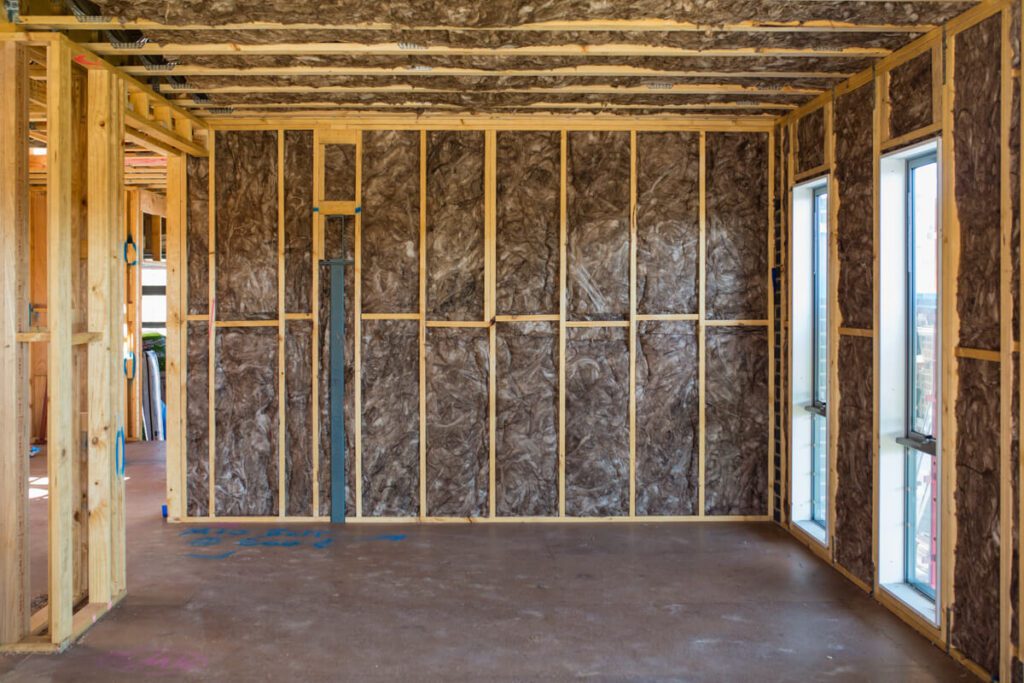
Wall insulation
Typically, around a third of heat is lost through the walls in an uninsulated home, so wall insulation is a great place to start when looking to insulate your home.
UK homes generally have two main types of walls which need to be insulated differently, these are cavity and solid walls.
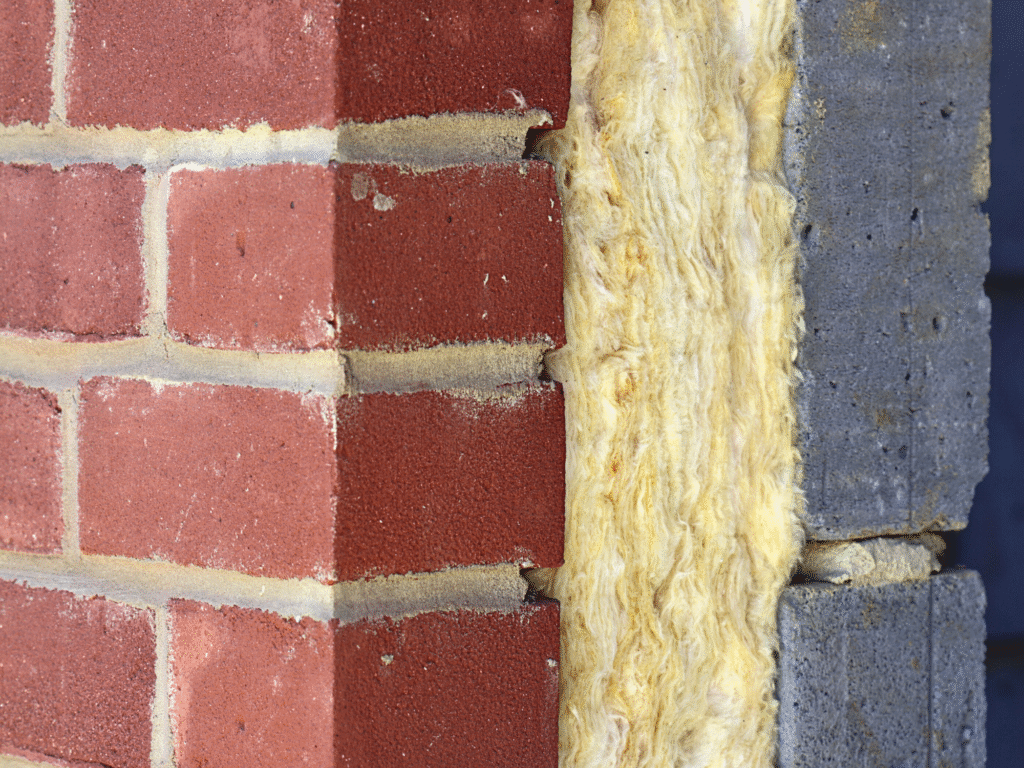
Cavity wall insulation
If your home was built after the 1920s it’s likely to have cavity walls, which are made up of two walls with a gap in between, known as the cavity. These types of walls can be recognised by the regular pattern of bricks laid on their long side.
Insulation is pumped through small holes in the wall to fill the gap so heat can’t escape from your home. Insulation in cavity walls is generally quite straightforward, however a professional will need to do the job for you.
Costs for installing cavity wall insulation will vary depending on the size and style of your home, but typically you should be able to make the installation costs back within five years. It’s also worth checking if you’re eligible for a cavity wall insulation grant to bring costs down.
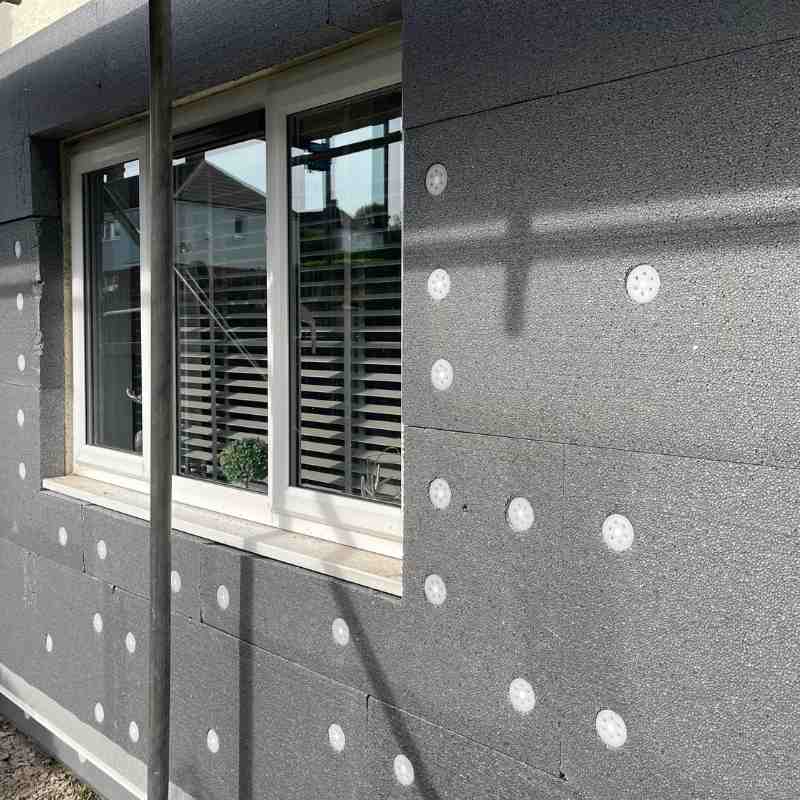
Solid wall insulation
If your home was built before the 1920s, it’s likely to have solid walls. Homes with solid walls can lose up to twice as much heat as cavity walls.
Solid wall insulation must go on either the outside or inside of your home. Installing insulation on the outside requires much more work, including perhaps scaffolding, and once the layer of insulation material has been fixed to the exterior of your home, would need cladding or plastering.
Internal wall insulation is done by fitting rigid insulation boards to the wall, or by building a stud wall filled in with insulation material. Once this has been installed, the wall would require redecoration.
Therefore, it’s a good idea to think about solid wall insulation if you’re already planning on redecorating inside your home or recladding your home on the outside.
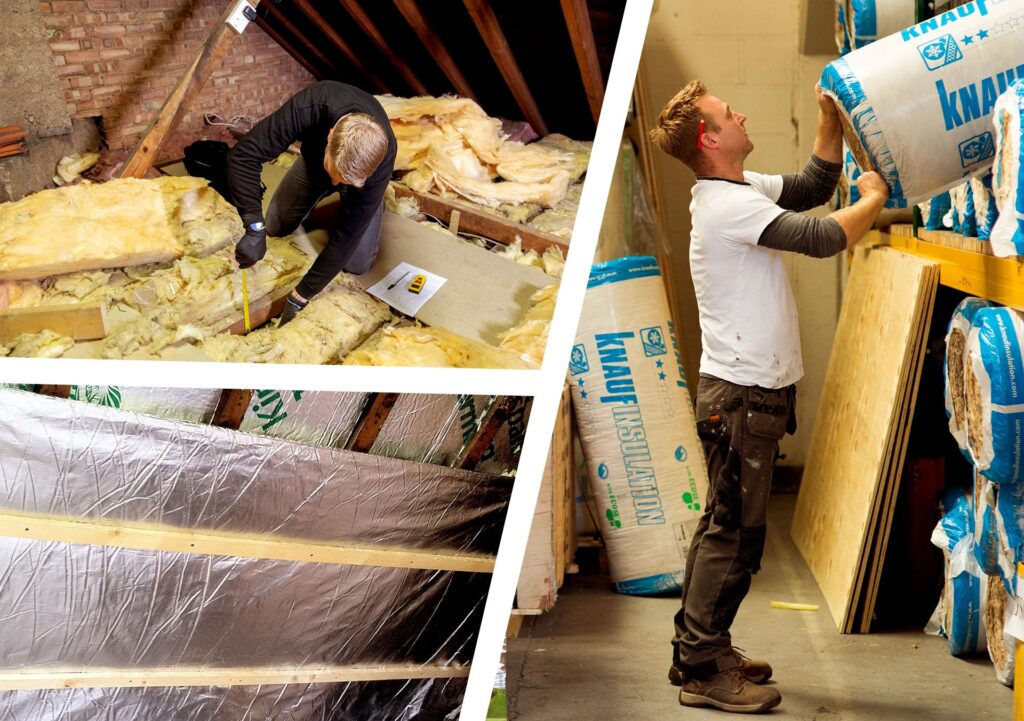
Loft Insulation
Another key area in the home for heat loss is the loft or roof space and as much as 25% of heat lost from the home is through an uninsulated roof4. If you’ve ever looked at your neighbour’s roof and wondered why there is more snow on it than yours, it’s likely that their roof is better insulated than yours and their heat is kept within their home.
Insulating your loft or roof space is a simple and effective way to limit heat loss and reduce your heating bills and if you can easily access your loft and there is no damp, it’s even possible to do it yourself.
The type of insulation you use and the way it’s installed will vary depending on whether you have a pitched or a flat roof property, so make sure you look at the best roof insulation for your home. With a pitched roof for example, the insulation can be done between and above the rafters. However, with a flat roof, the insulation is normally applied on the outside of the property, with extra weatherproofing on top. The most cost-effective time to upgrade a flat roof, would be when the existing roof needs replacing. It’s also worth checking if you’re eligible for a loft insulation grant to help fund your upgrade.
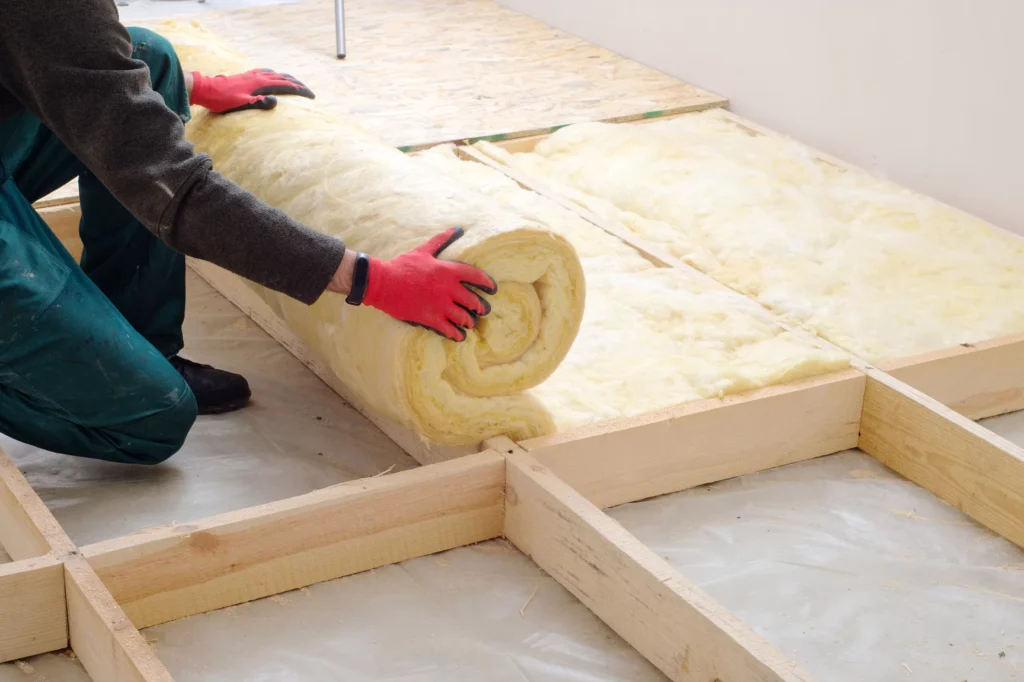
Underfloor insulation
It’s important to remember that heat can escape through floors in a home too and insulating under your ground floor could save you around £110 a year on your energy bills.
Whilst you only need to ensure ground floors are fully insulated, it might be that one of your upper floors is over a garage or an unheated space and heat could be escaping.
The type of floor insulation varies depending on what your floor is made of, but there are a number of options available to suit different flooring types so do some research when you know which type you have.
Rugs and carpets can also help your feet feel warmer, which might mean you don’t feel the need to put the heating on as often during the colder months.
By having a fully insulated home it’s clear to see that you’ll be able to reduce unnecessary heat loss from your home, helping to cut your energy bills, take action for climate and making you more comfortable in your home all year round.
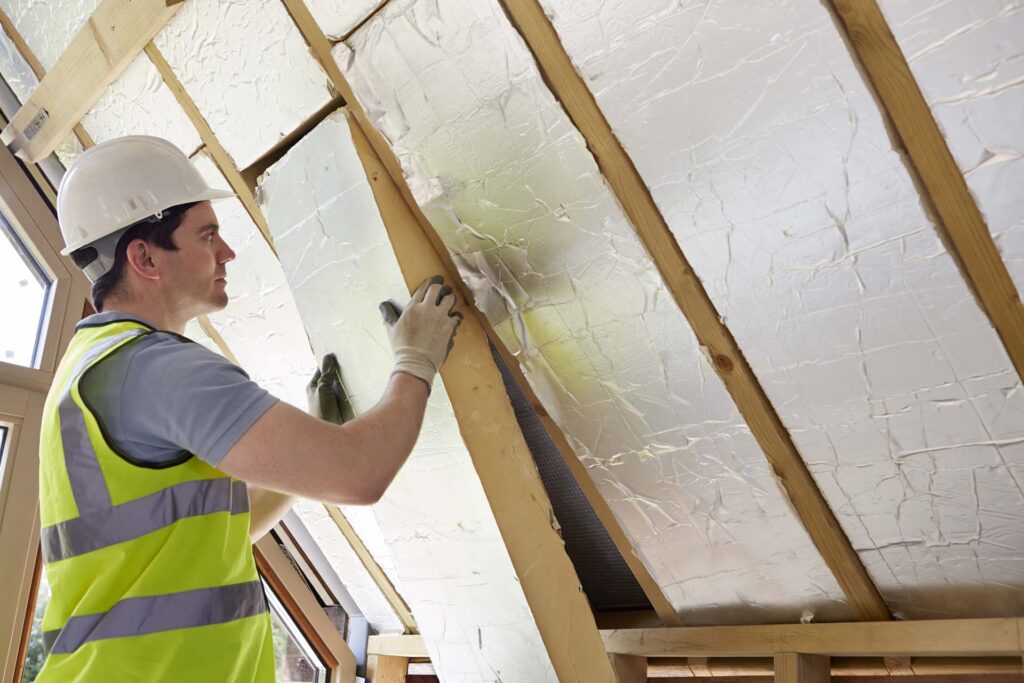
Room in roof insulation
Room in roof Insulation grants cover the cost of insulating loft or attic rooms for eligible households. The insulation process typically involves adding materials to walls and ceilings, reducing heat loss and cutting heating bills. Homeowners or private renters with qualifying properties can apply, starting with a free survey.
Types of home insulation
Our specialist team will choose the best materials suited for your installation, so you’ve nothing to worry about.
| Insulation Type | Material | Used for | Benefits |
|---|---|---|---|
| Insulation board | PIR, phenolic foam, polystyrene, wood fibre |
|
|
| Insulation slab / roll | Glass wool, rock wool, mineral wool, sheep's wool |
|
|
| Insulated plasterboard | Gypsum, PIR, phenolic foam |
|
|
About home insulation
Home insulation has been around for many years, however there are still millions of homes across the UK that are not insulated to the recommended standard and are unnecessarily leaking heat. And with the rise in awareness of innovative sustainable solutions, such electric vehicles, solar panels and heat pumps, insulation is often at the bottom of the list for home improvements.
However, the fact remains that insulating your home is one of the most fundamental ways you could become more sustainable at home and save money on your energy bills.
So, here is our guide to everything you need to know about home insulation.
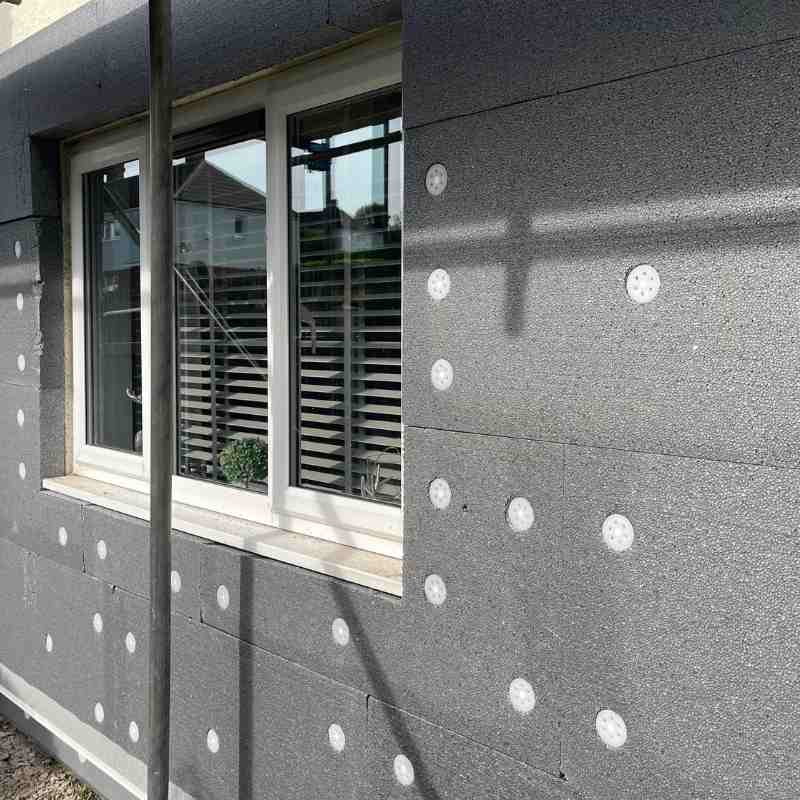
What is home insulation and why is it important?
Simply put, insulation is a barrier between the inside of your home and the outside; it prevents air flow between inside and out.
So, in summer insulation helps to keep the cool air inside your home and the warmer air out, and during the winter it helps to keep the cold air out and the heat inside your home. This means a poorly insulated home can be very hard to keep warm or cool, and very expensive to heat.
By having a fully insulated property, you’ll be able to keep your home at the most comfortable temperature for you and your family all year round.
Reasons to insulate
Perfect temperature
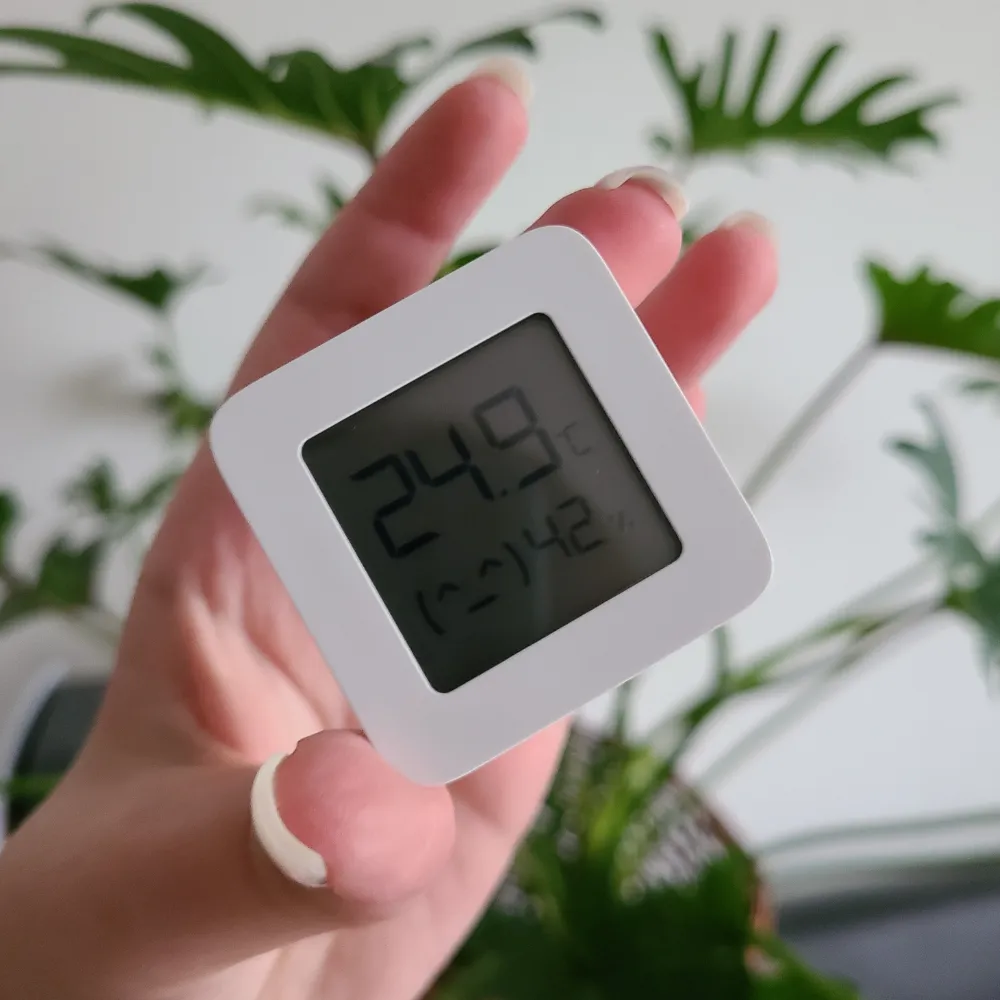
Perfect temperature
Sustainable home
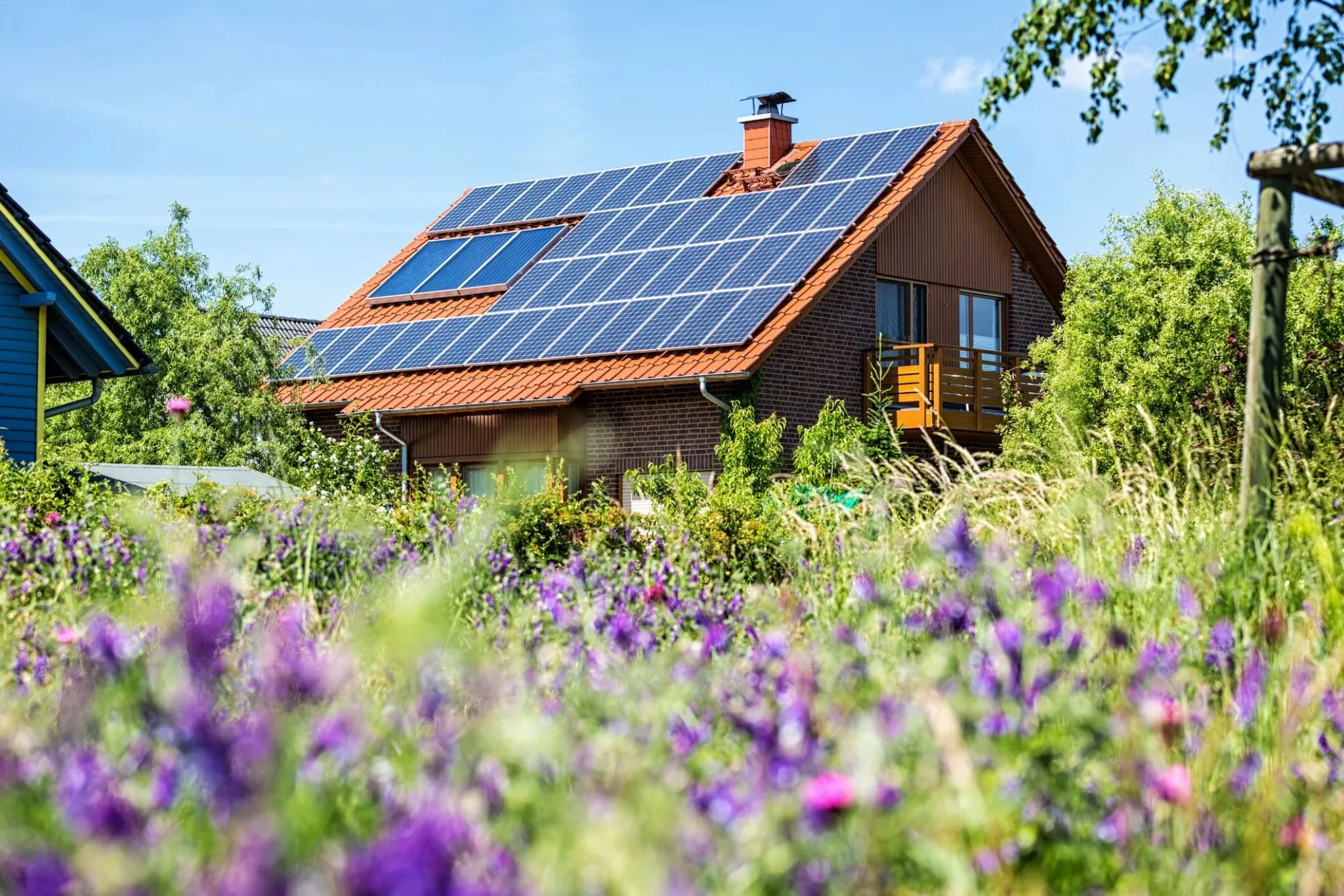
Sustainable home
Cost effective

Cost effective
Sound proofing
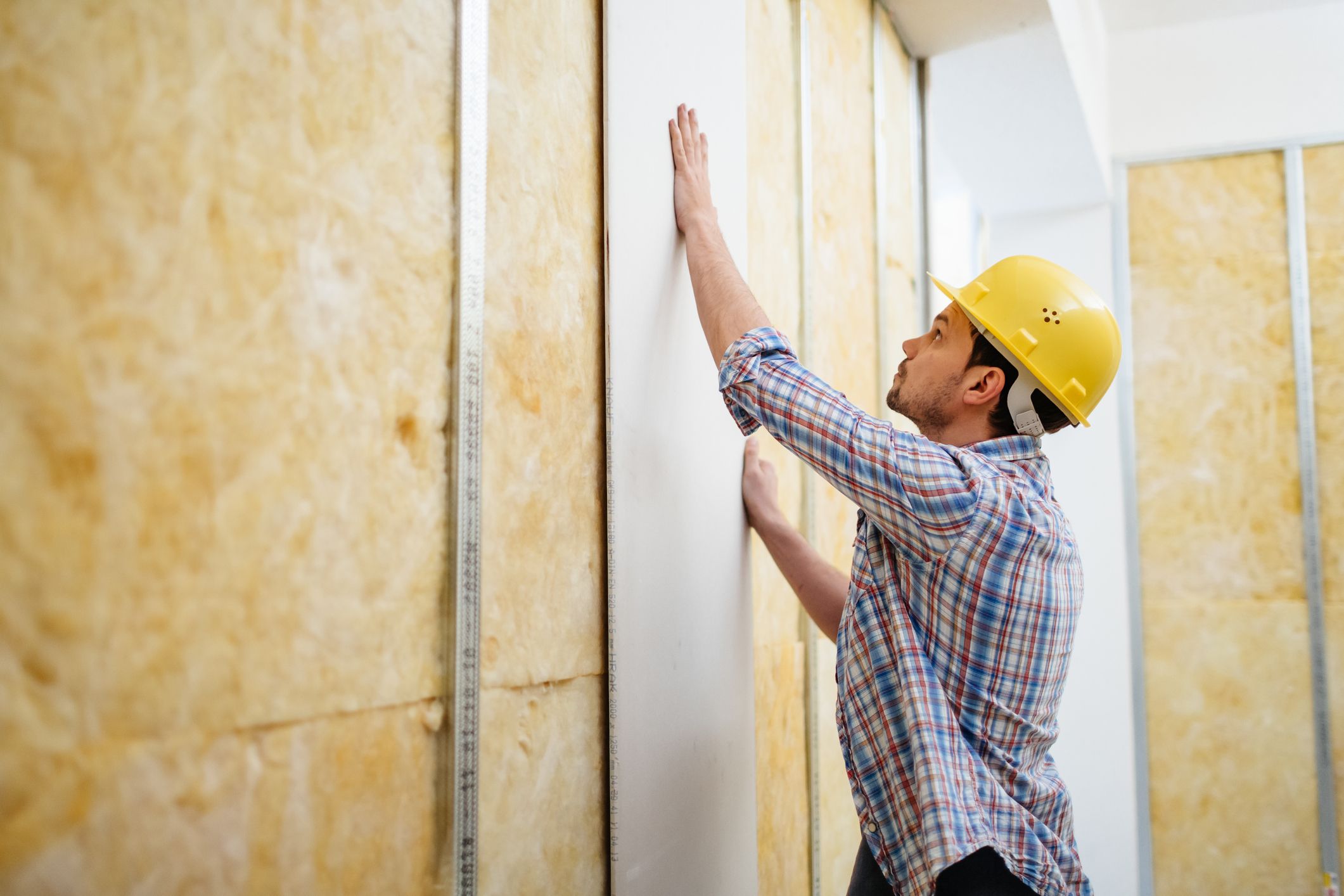
Sound proofing
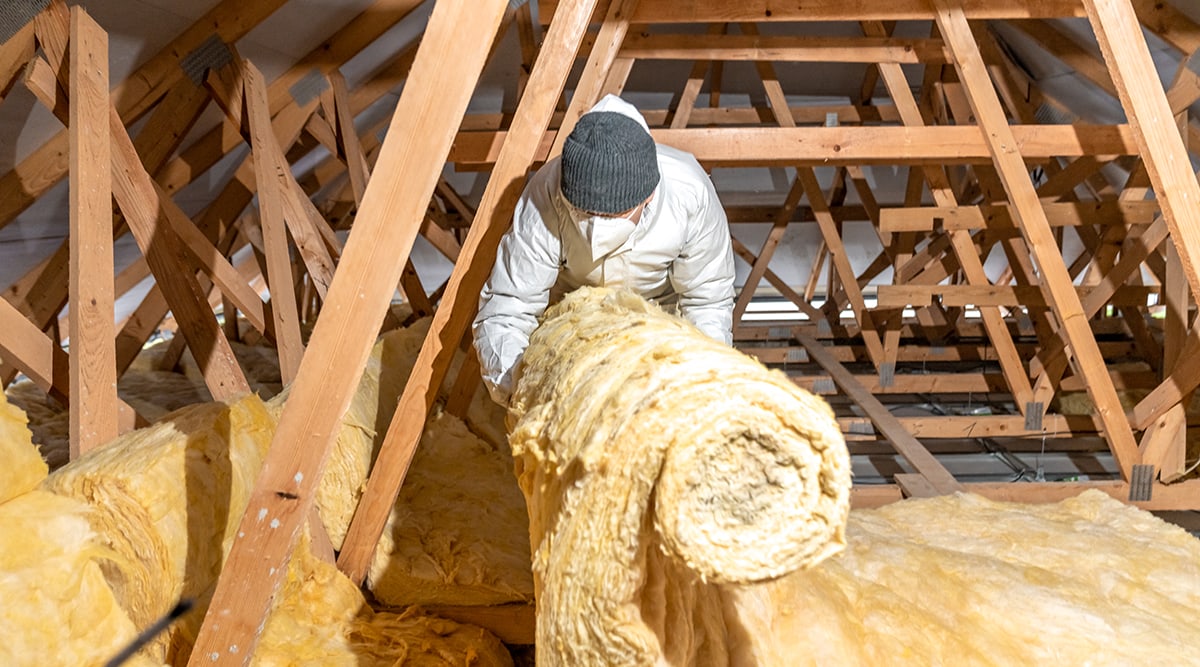
✦ Cut the cost of insulation
GBIS
As part of the Great British Insulation Scheme, Government has launched the offer of free cavity wall insulation to eligible households across the country..
The offer of free insulation is available to people who meet certain eligibility criteria, including their home’s Energy Performance Certificate (EPC) ratings and council tax banding and that they, or someone they live with, is on certain qualifying benefits. There are offers available for Government Next energy customers in addition to people not supplied by Government Next. Check out other energy saving schemes here.

